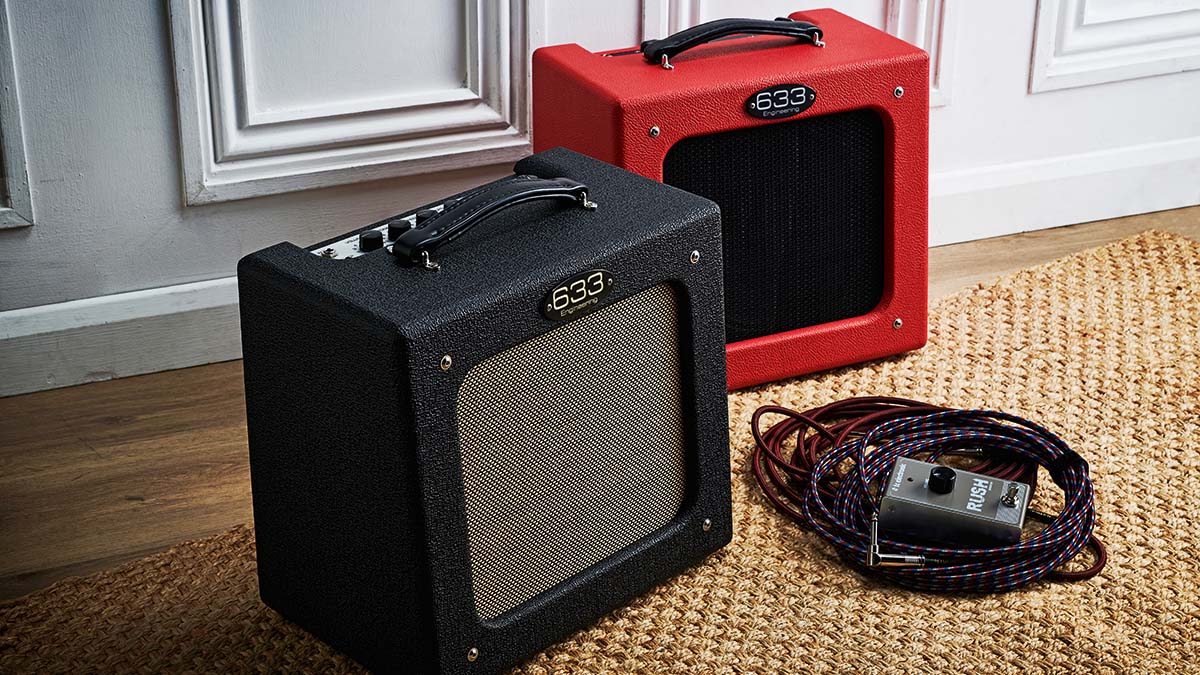MusicRadar Verdict
The Dragonfly is that rarest of beasts; the housetrained tube combo, but with enough hi-fi oomph and show-stopping quality to make it a hit in the studio or stage, too. They’re not cheap five-watters but it might be the best money you have ever spent.
Pros
- +
Smaller format 633, same great tones.
- +
Surprisingly versatile.
- +
Low noise, top build.
- +
Power-scaling makes it ideal for the home.
- +
RT's effects and cab sim worth the upgrade.
Cons
- -
A lot of money for 5W (but worth it).
MusicRadar's got your back
633 Engineering Dragonfly 1x10 combo: What is it?
Cliff Brown’s 633 Engineering is one of the leading lights in the UK’s high-end guitar amp scene, making boutique amplification for pros and serious amateurs alike – especially those needing a dynamic sound for touch-sensitive blues.
Its rep has been built on amps such as the superlative 633 Engineering Jazz & Blues, one of the finest 1x12 tube combos on the market, and the Groove King, which was inspired by a Vox AC30 and a vintage Fender Super Reverb from the 60s, and designed for Kirk Fletcher to play on his 2016 UK tour.
But here we have a proposition that’s a little different, in the sense these Dragonfly 1x10 combos are is designed to be your ace in the hole for recording, in a low-wattage format that would make them ideal for the home.
The home is always a difficult environment for tube amps; to get the best out of them, we’ve got to run them hard, and that comes with a lot of volume. Brown’s Dragonflies might offer a way around this.
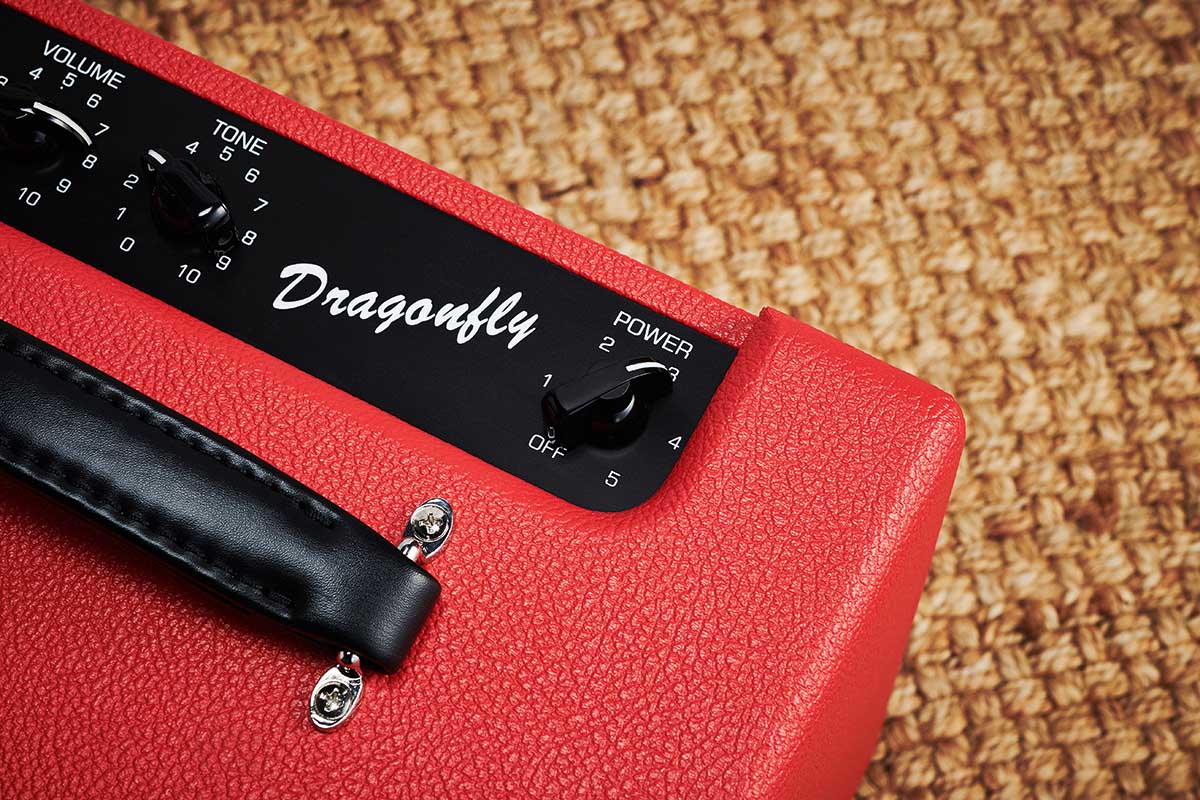
They are modestly powered, five-watts apiece, and offer single-ended, Class A tube amplifiers with 633’s distinctive tone profile and response. The build quality is remarkable, with open-back birch ply cabinets assembled meticulously, covered with heavy-duty Tolex.
Both have TV-style cabinets, housing a 10-inch Celestion VT Jr. The Dragonfly and Dragonfly RT are nigh-on identical (save for the colour of vinyl in these examples) but the RT has both digital reverb and optical tremolo. The RT’s ‘cupcake’ control knobs are a little smaller, too, as they fit on the control panel.
Performance is everything here, and to keep hum at a minimum we have a toroidal mains transformer. The tube complement is the same, with a 12AX7 twin triode in the preamp, a 6V6GT and EL84 in the power section.
Want all the hottest music and gear news, reviews, deals, features and more, direct to your inbox? Sign up here.
The other electronic components are housed on a high-quality through-plated PCB. The build quality is superb, with components easily serviced when the time comes some way down the line.
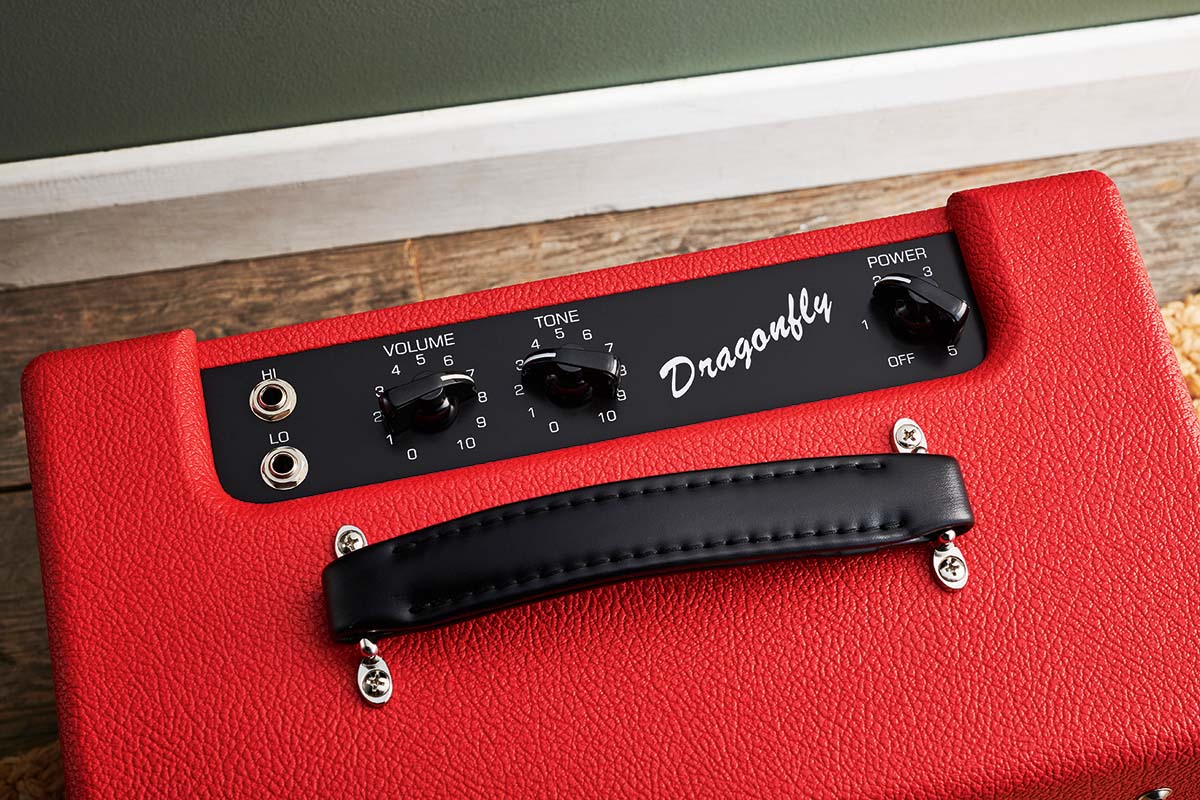
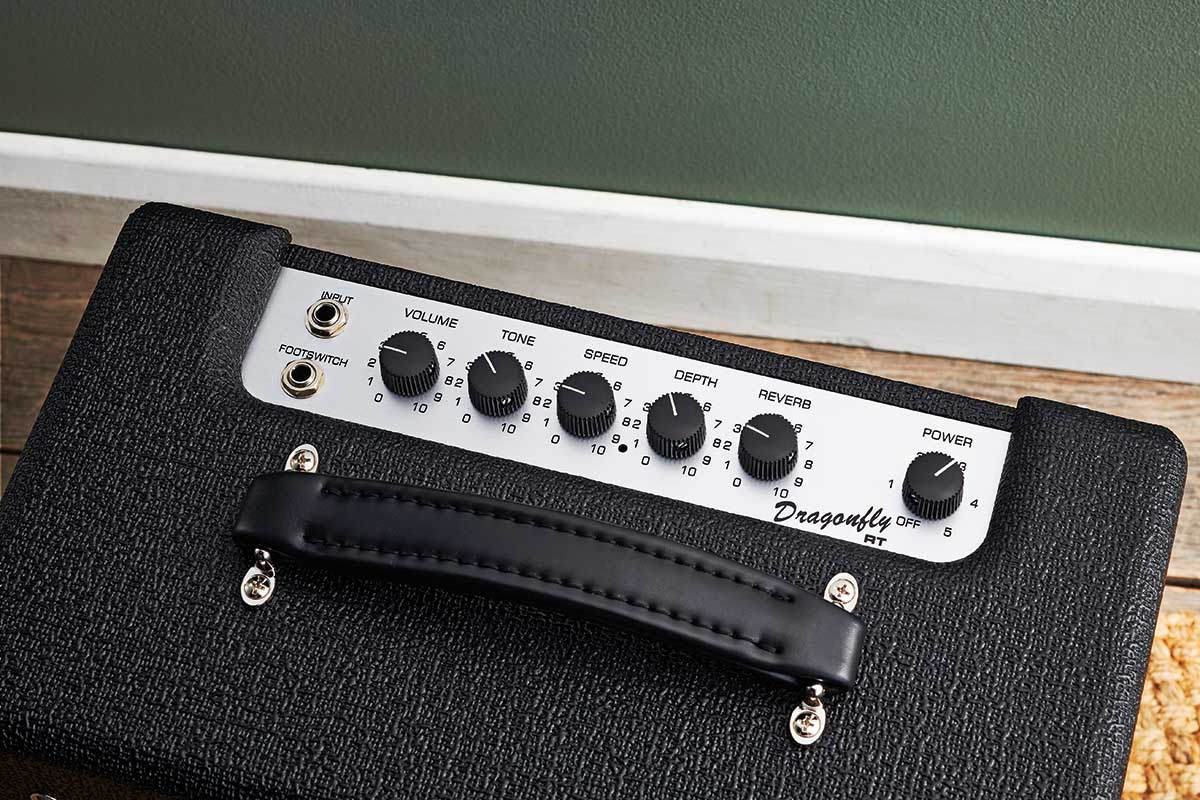
Both amplifiers have an all-valve signal path, with their volume and tone controls linked to the headroom control, which can switch the amps from 5W down to around half-a-watt. Larger 633 Engineering amps have a rotary attenuator but here it has continuous travel, with the pot also including the power on/off switch. Very neat.
The Dragonfly has two inputs, for low and high-gain, while the Dragonfly RT has a single instrument input with the other input dedicated for a footswitch to turn the reverb and tremolo on and off. The Dragonfly RT has controls for tremolo Speed and Depth, plus a Level control for the reverb. There’s another cheeky little control for reverb accessed via the rear of the amplifier. With a convenient node to mark its default position, you can tweak the reverb’s decay time, allowing you to dial in a small room-sized delay or a huge amount of ambience at its extreme.
Both amplifiers are equipped with a speaker outlet jack on the rear, with a fixed-line output jack and a very cool feature that lets you choose between 6V6 and EL84 output valves via a toggle switch. The Dragonfly RT also has an analogue cab sim for sending the amp’s signal directly to a DAW or PA.

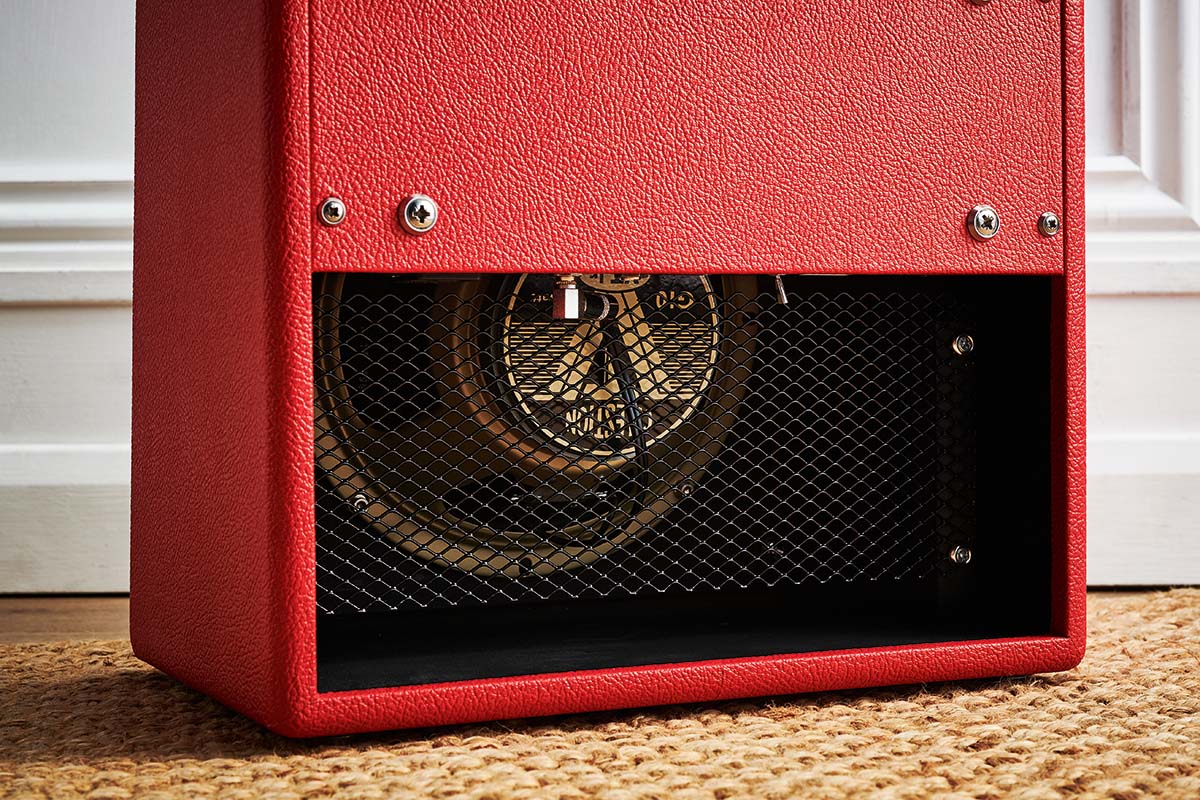
633 Engineering Dragonfly 1x10 combo: Performance and verdict
Both of these Dragonfly combos share a tone profile that foregrounds the mids, but you will find no overbearing honk here. It’s just enough of a bump that’ll see you right in a crowded mix.
Their treble response applies a wonderful sheen to notes and chords alike, while the low-end remains solid. The Celestion is a perfect choice for this amplifier. As with other 633 Engineering designs, the Dragonfly combos flatter single-coils and humbuckers alike, and the simple control panel belies the range of tones you can get out of them.
A little tweak between Volume, Tone and the Power dial that controls the output goes a long way, and you can find plenty of chiming clean tones, thick warm jazz tones, and a rich, artery-clogging drive that pairs well with classic rock.
The simplicity of the setup adds to the appeal. There’s no back and forth with a three-band EQ, troubleshooting which frequency band is not to your liking, and selecting the EL84 or the 6V6 power tube feels like amp modding in real-time, ping-ponging between a darker and slightly more gritty British-voicing and those bouncy Tweed tones and hot raunch found across classic US boutique amplifiers.
They take pedals very well, with an overdrive pedal adding a pleasing degree of saturation that can be cleaned up nicely by rolling your guitar’s volume control back. The dynamics of 633 Engineering amplifiers are exquisite, and while the asking price for these modestly powered 1x10s seems steep, you are rewarded with super-quiet operation and top-tier sounds.
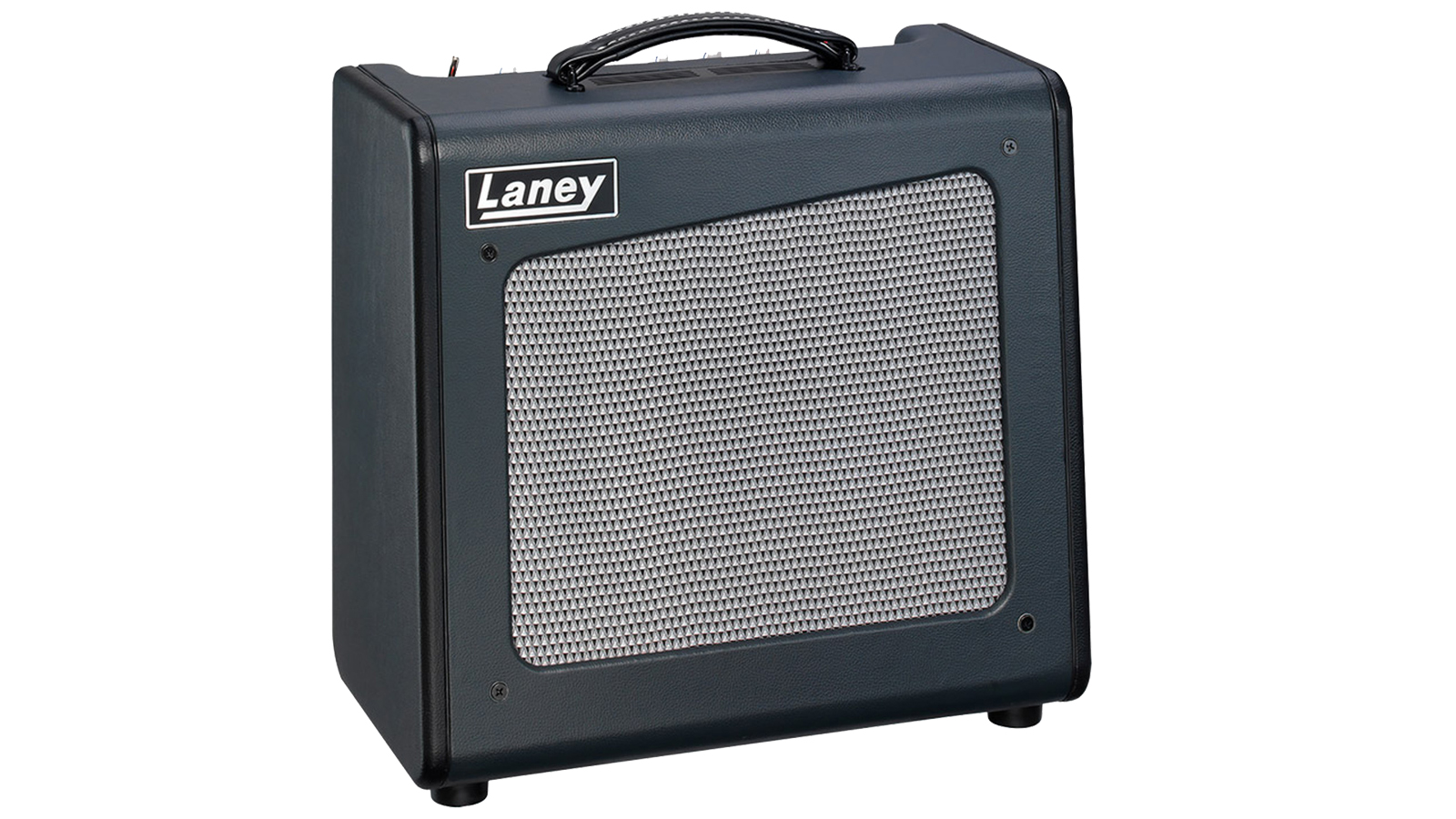
• Laney Cub-Super12
If your budget won't stretch to the Dragonfly, the Cub-Super12 is a quite remarkable tube combo for the price and is switchable down to 5W.
• Fender ’57 Custom Champ
If you want great vintage USA tone, it doesn't get much better than this.
The Dragonfly RT’s digital reverb is magnificent, rich and warm, adding depth and texture. While its tremolo could be a little faster when maxed out, nonetheless its inspiring, and in tandem, both effects elevate each other, offering rockabilly vibes and splashy ambience to play around in.
At full-bore, these amps are a loud five-watts and might see you through a small gig. The Dragonfly RT’s cab sim makes it even more versatile – sending this direct to the PA would make an excellent live option.
Of course, the tube amp is up against it when we are talking about the domestic market. Amp modellers and digital alternatives have options and lots of them, with none of the concerns about volume. But what they don’t have – at least not yet, not quite – is the dynamic range and response of amps such as this.
MusicRadar verdict: The Dragonfly is that rarest of beasts; the housetrained tube combo, but with enough hi-fi oomph and show-stopping quality to make it a hit in the studio or stage, too. They’re not cheap five-watters but it might be the best money you have ever spent.
633 Engineering Dragonfly 1x10 combo: The web says
"The stunning response and pure Class A tone of 633’s Dragonfly amps easily matches the world’s best boutique offerings, with build quality and low-noise performance that’s very hard to beat.
"Aimed at professionals and serious amateurs, they sound amazing at home or in a studio, with features that can help make the jump to stage use, as live music tentatively returns."
Guitarist
633 Engineering Dragonfly 1x10 combo: Hands-on demos
633 Engineering
Stuart Dixon
633 Engineering Dragonfly 1x10 combo: Specifications
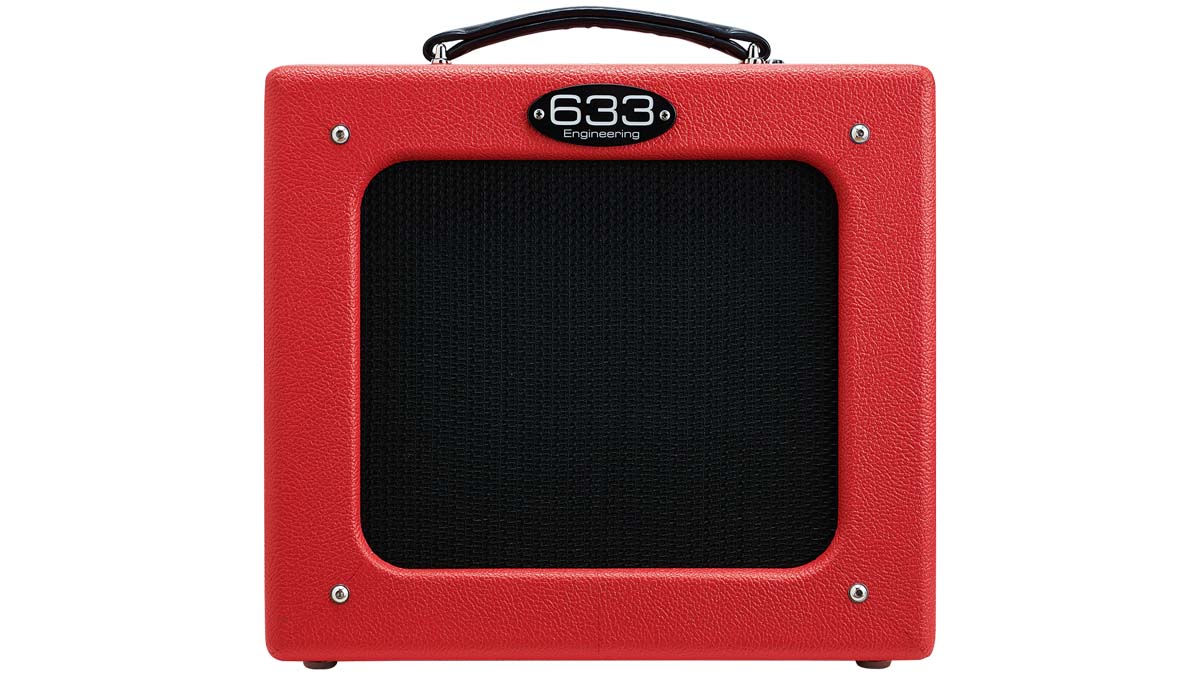
633 Dragonfly
- PRICE: £1,165
- ORIGIN: UK
- TYPE: Valve preamp, valve power amp
- OUTPUT: 5W RMS
- VALVES: 1x 12AX7 preamp, 1x 6V6GT, 1x EL84
- DIMENSIONS: 380 (w) x 230 (d) x 360mm (h)
- WEIGHT (kg/lb): 9.3/20.5
- CABINET: Birch ply
- SPEAKERS: 1x10” Celestion VT Jr
- CHANNELS: 1
- CONTROLS: Volume, tone, adjustable headroom/power
- FOOTSWITCH: None
- ADDITIONAL FEATURES: High and low-gain inputs, line out, switchable between 6V6 and EL84 output valves
- OPTIONS: Variety of different covering fabrics; contact manufacturer for availability
- RANGE OPTIONS: The Dragonfly RT includes digital reverb, tremolo and a transformer-balanced cab sim for £1425. Also available in head format to special order; contact manufacturer for details
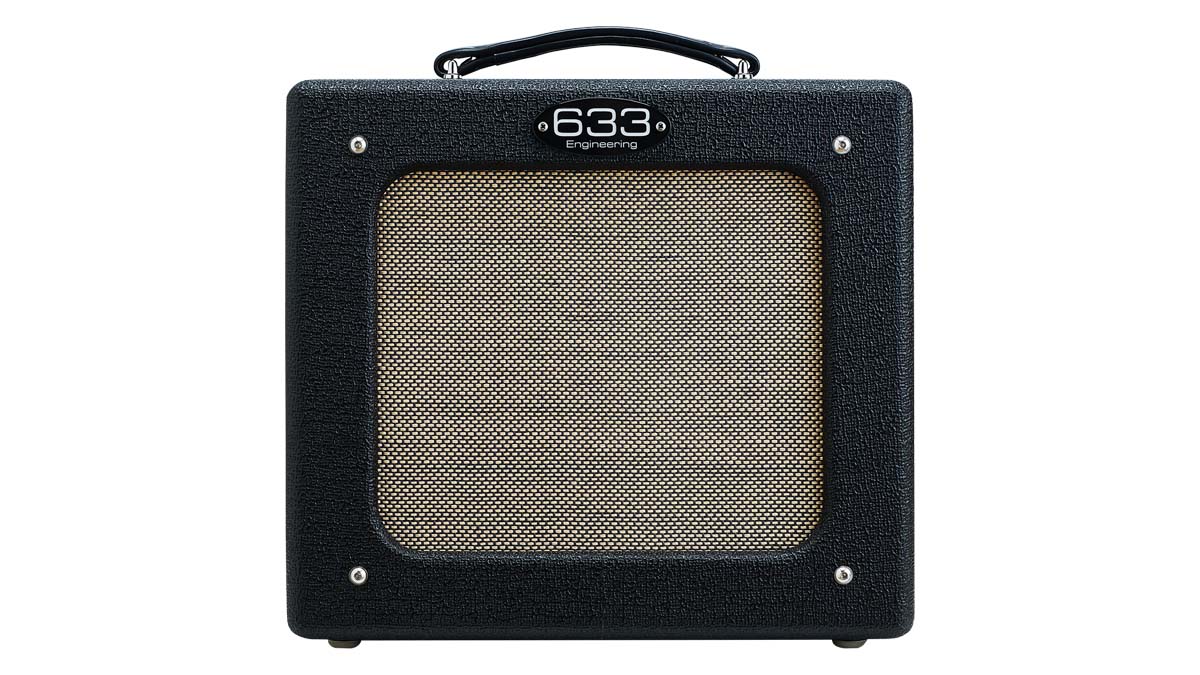
633 Dragonfly RT
- PRICE: £1,425
- ORIGIN: UK
- TYPE: Valve preamp, valve power amp
- OUTPUT: 5W RMS
- VALVES: 1x 12AX7 dual triode, 1x 6V6GT, 1 x EL84
- DIMENSIONS: 380 (w) x 230 (d) x 360mm (h)
- WEIGHT (kg/lb): 9.4/20.7
- CABINET: Birch ply
- SPEAKERS: 1x10” Celestion VT Jr
- CHANNELS: 1
- CONTROLS: Volume, tone, reverb level, reverb dwell (decay time preset), tremolo speed, tremolo depth, adjustable headroom/power
- FOOTSWITCH: Single latching footswitch (not supplied) toggles tremolo effect
- ADDITIONAL FEATURES: Digital reverb with adjustable dwell and level, optical tremolo, balanced XLR cab sim out, line out, switchable between EL84 and 6V6 output valves
- OPTIONS: As Dragonfly (see left)
- RANGE OPTIONS: The standard Dragonfly 1x10” combo without effects or the balanced cab sim output is £1,165. Also available in head format to special order; contact manufacturer for details
- CONTACT: 633 Engineering
MusicRadar is the number one website for music-makers of all kinds, be they guitarists, drummers, keyboard players, DJs or producers...
- GEAR: We help musicians find the best gear with top-ranking gear round-ups and high-quality, authoritative reviews by a wide team of highly experienced experts.
- TIPS: We also provide tuition, from bite-sized tips to advanced work-outs and guidance from recognised musicians and stars.
- STARS: We talk to musicians and stars about their creative processes, and the nuts and bolts of their gear and technique. We give fans an insight into the craft of music-making that no other music website can.
